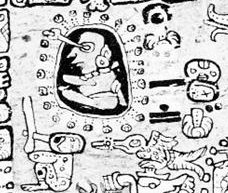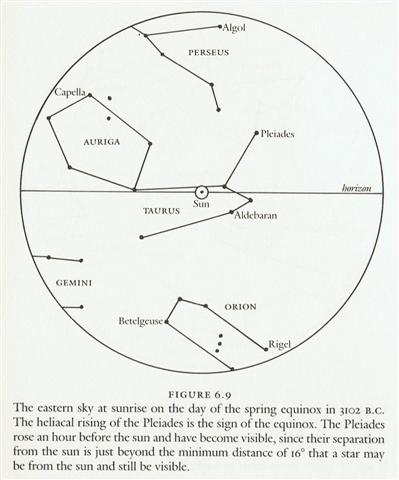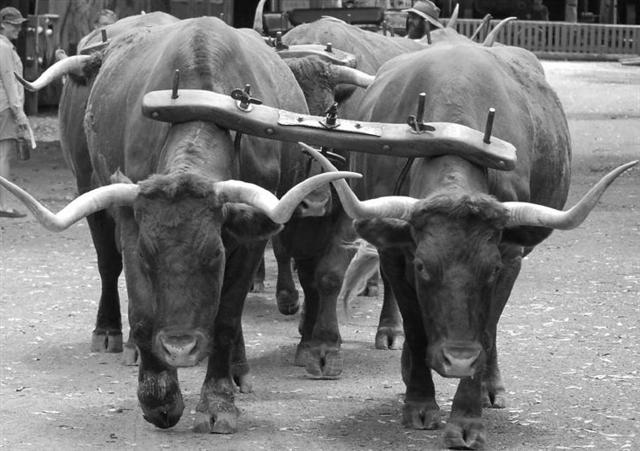|
R (Small
Washington Tablet)
24. → hours in a day Our current age has the blinding sun in the center - in radical opposition to the ancient and more natural geocentric world view based on much repeated observations in the nights:
We should therefore put in parallel the rongorongo glyphs with the dates according to our currently accepted Gregorian sun calendar:
On average the coldest day in the year is January 19, I seem to recollect. Ideally - according to the ancient nakshatra method - the Full Moon should in January 19 be at the right ascension line for 8h with the place for the Sun half a year away at the right ascension line for 8h + 12h = 20h. I.e. the Sun should (in a leap year when the position of the Sun recently had been adjusted) ideally be located in July 20 when the Full Moon would ideally be in January 19:
... In each of the Nakshatras there is a 'yoga', a key star that marks a station taken by the moon in its monthly (twenty-seven- or twenty-eight-day course) through the stars. (The sidereal period of the moon, twenty-seven days and a fraction , should be distinguished from the synodic, or phase-shift period of 29.5 days, which is the ultimate antecedent of our month.) ...
The G text is explaining where in the Golden Age of the
Bull the Sun would have risen at 0h according to the
nakshatra method. As expresssed by the Gregorian
calendar dates this means we should take away 64 days
(corresponding to the assumed precession since the Golden Age):
In other words, the precession
had since then pushed the Sun and 0h earlier in the year (as observed
from the fixed stars). Instead of July 20 and 8h the Full
Moon had ideally been in the place for day 201 - 64 = 137
(MAY 17).
And at that time the Sun should
have been in day 137 + 183 = 320 (OCTOBER 16) = 365 + 19 -
64.
.
|
|||||||||||||||||||||||||||||||||||||||||||||||||||||||||||||||||||||||||||||||||||||






